
High-Performance Gear Systems | Custom Solutions for Heavy-Duty Applications
Browse our precision-engineered gearboxes, hydraulic spindles, and cast housings – designed for extreme durability, 30% longer lifespan, and seamless OEM integration.Flat top chains are a type of conveyor chain widely used in material handling systems across various industries, including food processing, packaging, and manufacturing. These chains are designed with a flat, smooth surface that provides stable support for products during transportation, making them ideal for carrying items that require a steady and gentle movement. Unlike traditional chains, flat top chains do not have rollers; instead, they consist of interlocking flat plates that form a continuous belt. This design minimizes product damage, reduces noise, and ensures efficient operation in demanding environments.
Below is a detailed table outlining the standard parameters of our flat top chains. These specifications are based on industry standards and can be tailored to meet unique requirements.
| Parameter | Value Range | Unit | Notes |
|---|---|---|---|
| Chain Pitch | 25.4 - 101.6 | mm | Custom pitches available upon request. |
| Width | 50 - 600 | mm | Standard widths include 50mm, 100mm, 200mm, etc. |
| Material | Stainless Steel, Carbon Steel, Plastic | - | Stainless steel is ideal for food-grade applications. |
| Maximum Load Capacity | 50 - 150 | kg/m | Depends on material and design; higher capacities achievable. |
| Operating Temperature | -20 to 200 | °C | Plastic chains have a lower range; steel handles higher temps. |
| Surface Finish | Smooth, Serrated, Perforated | - | Choose based on product grip and cleanliness needs. |
Flat top chains are versatile and used in numerous sectors. Here are some common applications:
Flat top chains offer several benefits compared to roller chains or belt conveyors:
Q: What materials are flat top chains made from?
A: Flat top chains are typically constructed from stainless steel, carbon steel, or engineering plastics like acetal or polyethylene. The choice depends on the application; for instance, stainless steel is used in food processing for its corrosion resistance and ease of cleaning, while plastic chains are lightweight and ideal for less demanding environments.
Q: How do I determine the right chain width for my application?
A: The chain width should be selected based on the size and weight of the products being conveyed. As a rule of thumb, the width should be at least 1.5 times the width of the largest item to ensure stability. Consult our technical team for precise calculations, considering factors like load distribution and speed.
Q: Can flat top chains be used in high-temperature environments?
A: Yes, but it depends on the material. Stainless steel chains can withstand temperatures up to 200°C, while plastic chains are limited to around 80°C. For extreme temperatures, special coatings or alloys may be required. Always check the specifications and perform tests under actual conditions.
Q: How often should maintenance be performed on flat top chains?
A: Maintenance frequency varies based on usage. For continuous operation in harsh conditions, inspect every 3-6 months. Look for signs of wear, corrosion, or misalignment. Self-lubricating chains may require less frequent attention. Regular cleaning is essential in industries like food processing to prevent buildup and ensure hygiene.
Q: Are custom sizes available for flat top chains?
A: Absolutely. We offer custom manufacturing for chain pitch, width, and material to meet specific needs. Provide details such as load requirements, environmental conditions, and desired lifespan, and our engineers will design a solution tailored to your system.
Q: What is the typical lifespan of a flat top chain?
A: With proper installation and maintenance, flat top chains can last 5-10 years or more. Factors like load intensity, operating speed, and environmental exposure affect longevity. Stainless steel chains in moderate conditions often exceed 10 years, while plastic chains may need replacement sooner in heavy-use scenarios.
Q: How do I install a flat top chain correctly?
A: Installation involves aligning the chain with sprockets, ensuring proper tension, and securing connections. Follow the manufacturer's guidelines: avoid over-tightening, which can cause stress, and under-tightening, leading to slippage. Use appropriate tools and, if unsure, seek professional assistance to prevent operational issues.
Q: Can flat top chains be repaired if damaged?
A: Yes, minor damages like bent links can often be repaired by replacing individual components. For extensive wear, it's better to replace the entire chain to maintain system integrity. Keep spare parts on hand for quick repairs and minimize downtime.
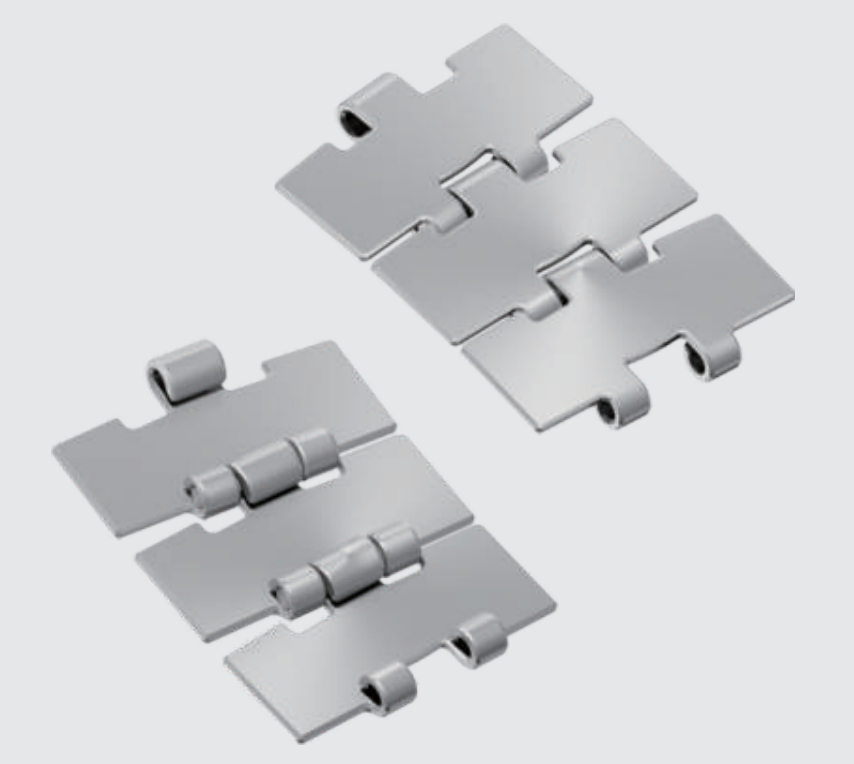
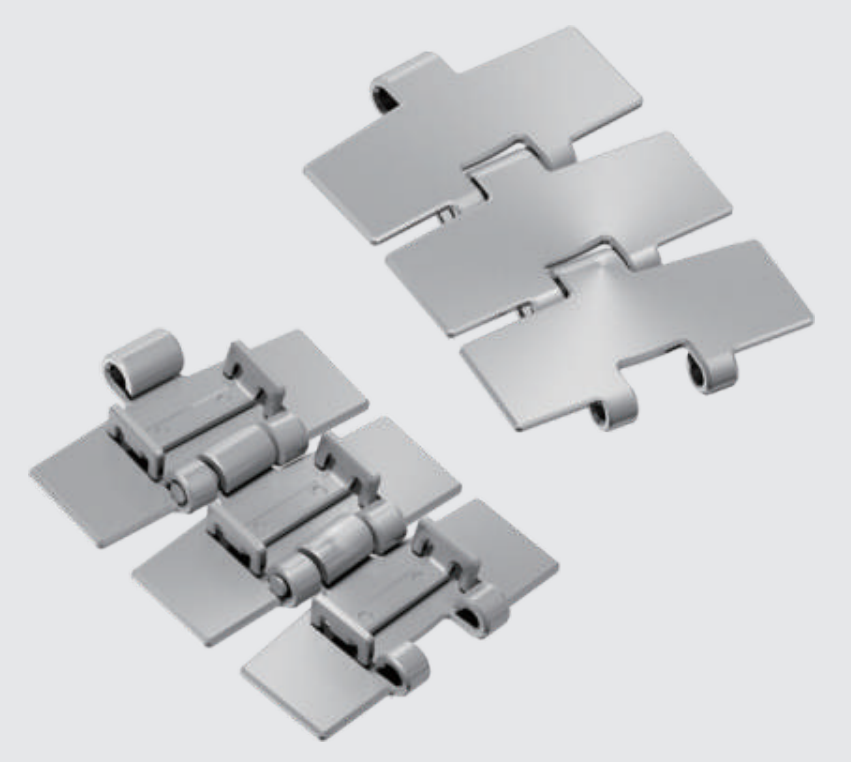
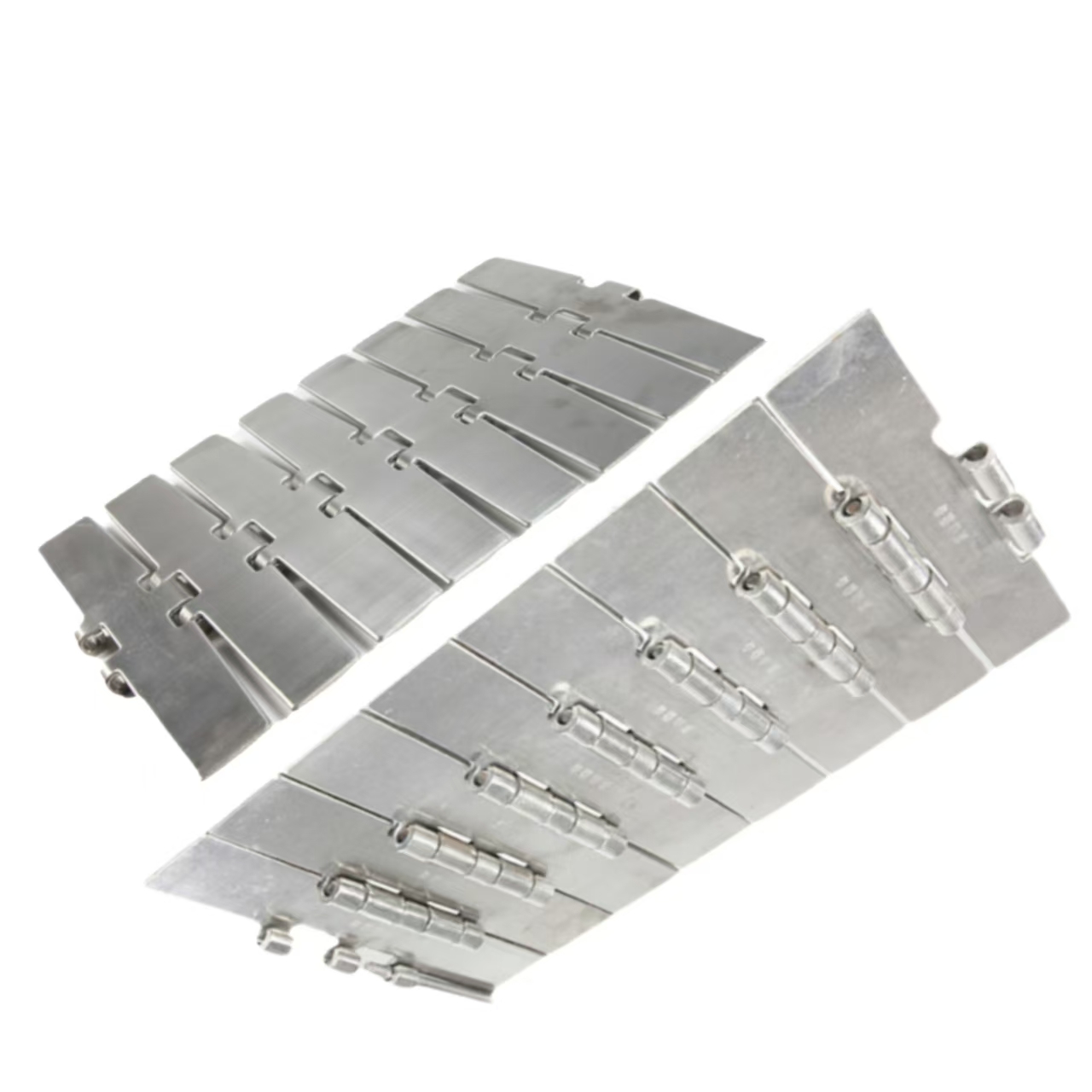

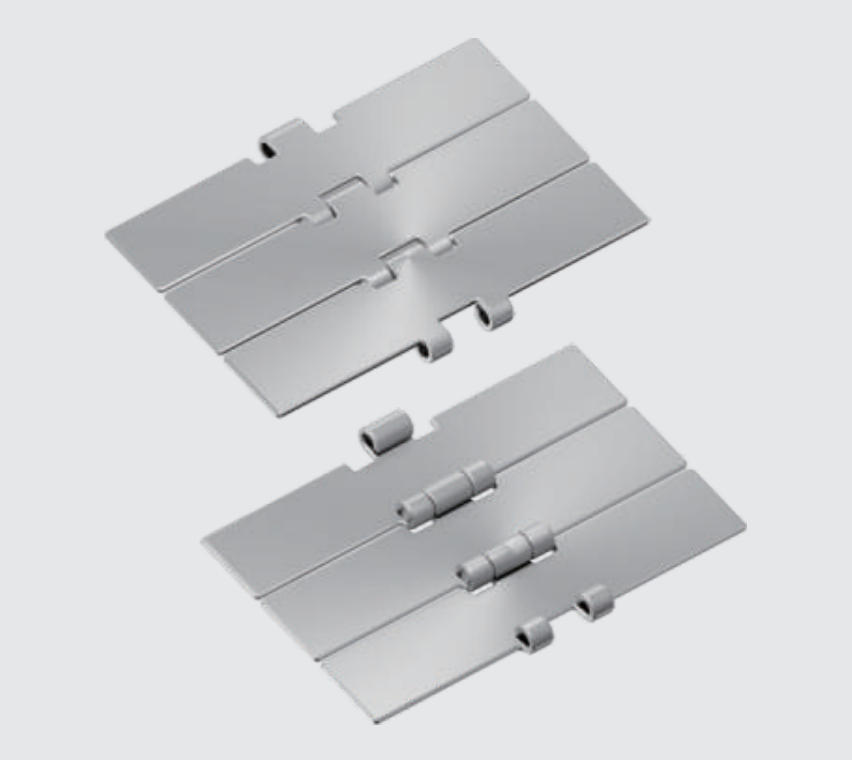
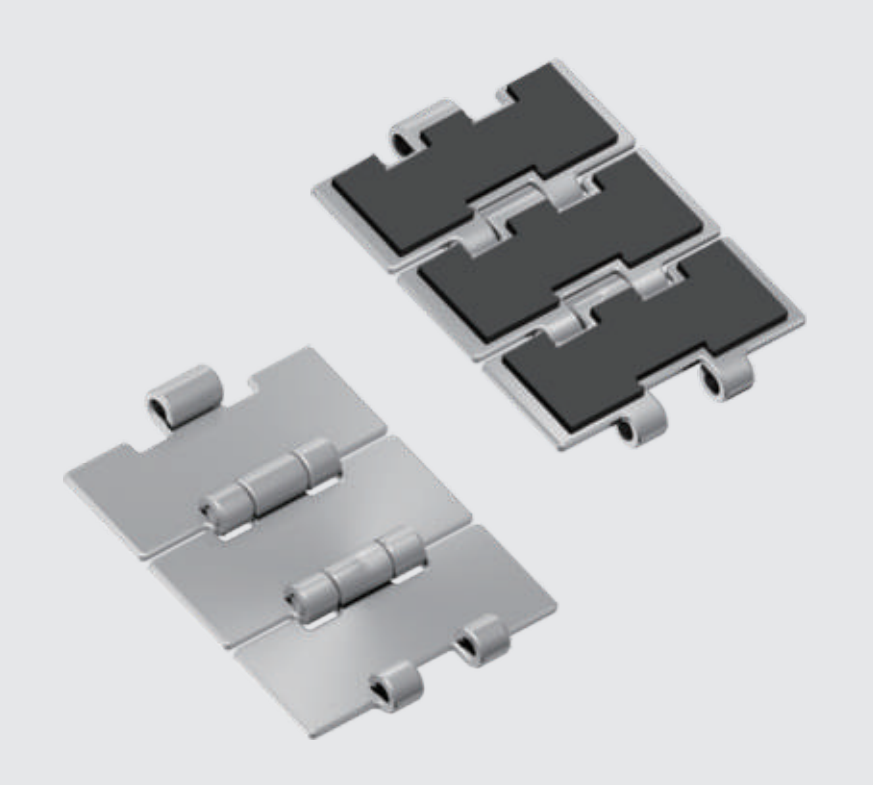
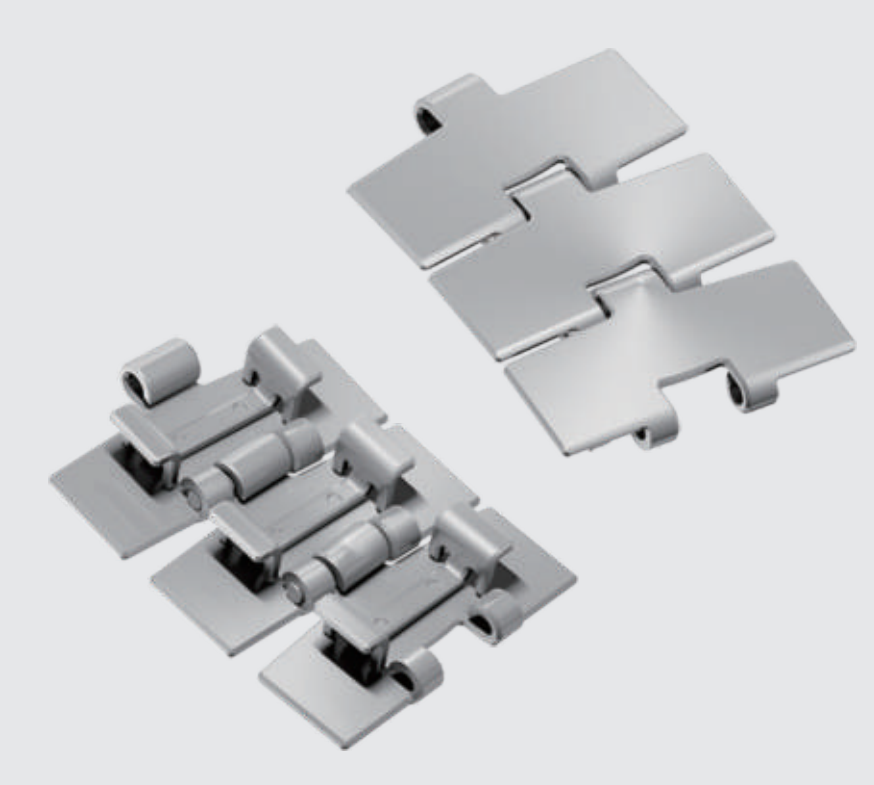
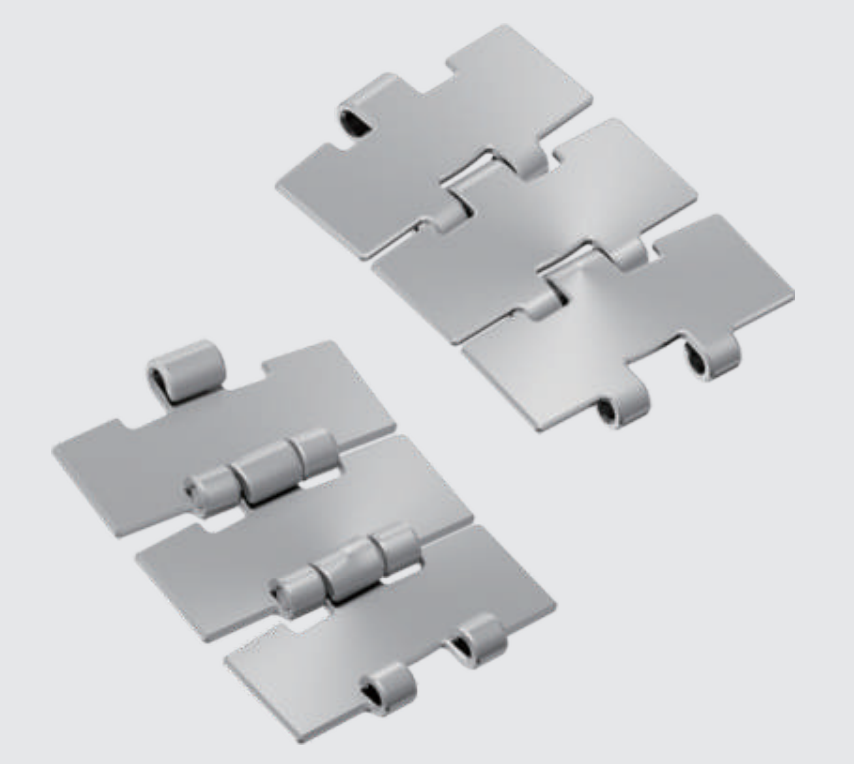
Copyright © Raydafon Technology Group Co.,Limited All Rights Reserved.